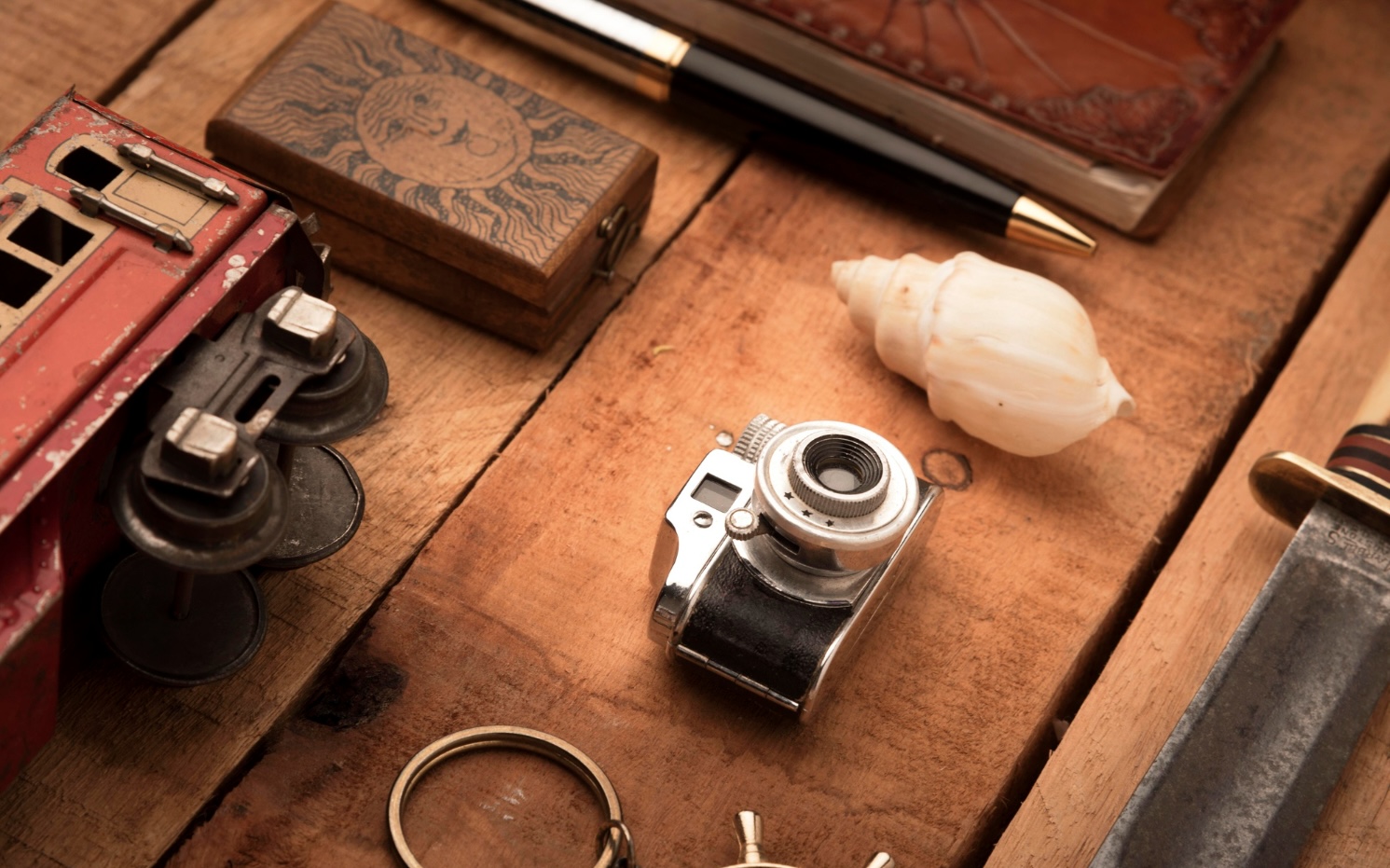Restoration is a delicate process in the world of collecting. On one hand, it can enhance the value of an item, but on the other, it can irreparably compromise its authenticity and market value.
In this article, we explore what it means to restore a collectible item, when it is appropriate to do so, and the most common mistakes to avoid.
What Restoration Means in the Context of Collecting
In collecting, restoration refers to a set of interventions aimed at preserving or aesthetically and functionally restoring an item of historical, artistic, or technical interest. The most commonly restored items include:
-
paintings, sculptures, and antique frames,
-
antique musical instruments,
-
vintage toys,
-
collectible furniture and clocks,
-
documents, rare books, and prints,
-
vintage technological objects (radios, cameras, historic computers).
When Restoration Increases Value
In some cases, well-executed restoration can increase the value of an item, especially when it:
-
improves legibility or functionality (e.g., an antique clock made to work perfectly again),
-
respects original materials and techniques, maintaining stylistic and historical coherence,
-
prevents deterioration, halting oxidation, mold, or structural damage.
These are examples of conservative restoration, which focuses on safeguarding the integrity of the item rather than altering its aesthetic appearance.

When Restoration Decreases Value
Overly invasive or undocumented interventions can significantly reduce the interest of collectors and professionals. Some critical mistakes include:
-
using modern materials incompatible with the originals (e.g., plastic instead of wood),
-
complete overhauls or repainting that erase period-specific traces,
-
lack of restoration documentation, which raises doubts about authenticity.
In the case of artworks or memorabilia, the intervention should always be reversible, meaning it can be undone in the future without damaging the original.
The Role of Professional Assessment
Before any intervention, it is advisable to consult a specialized restorer or an expert appraiser in the specific field (art, instruments, furniture, etc.). A technical evaluation can help determine whether:
-
the item truly requires intervention,
-
the restoration is economically justifiable,
-
there is useful documentation (manuals, catalogs, period images) for a faithful reconstruction.
To Restore or Not? A Strategic Decision
Restoring a collectible item is not just an aesthetic issue but a real strategic choice. In some cases, the patina of time or small signs of wear are elements that add authenticity and charm. In others, a minimal cleaning or consolidation operation can make the difference between a preserved object and one destined to deteriorate.
Anyone who collects, invests in, or simply appreciates the charm of vintage items should always keep one fundamental principle in mind:
Eevery restoration is a responsibility toward the history of the object.
Correlated Articles
Find our news

Get the most out of your assets.
Discover how to transform your
movable assets into financial resources.


